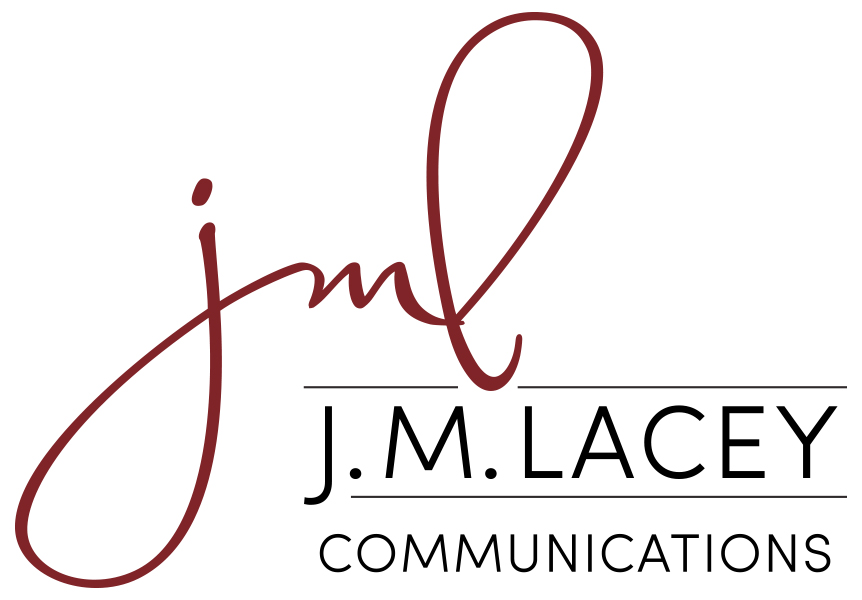I’ve been producing newsletters for a long time. I continue to learn, but overall, I have the basics to create a newsletter people actually look forward to reading, such as Writer Authentic.
Content is the most important element in your newsletters. The unique stories are imperative to keep people interested in your organization and in what you do.
But did you realize images and videos are equally important in capturing your readers’ interests?
I read a lot of newsletters. Many these days are simply text, which is fine depending on the company.
Others are filled with images and videos to highlight the content. A lot of work—planning, strategizing, writing, design—goes into these kinds of newsletters. They read much like an abridged magazine.
The Masterpiece Theatre newsletter I alluded to in an earlier article is a great example of this. They will insert an image, followed by a snippet (a few sentences) about the particular show, and include a link to their website page so you can read the longer article and/or view the short video.
These days, anyone can snap photos. If you’re a larger organization or company, you could have a designated photographer on hand for photo opportunities. But really anyone, with permission, can take photographs and your marketing department can decide what photos to use.
Dos and Don’ts for Images and Videos
- What you don’t want to do is include images that are blurry; cannot stand on their own without explanation; or are boring and stale, such as a group photo receiving a check.
- Your images should immediately capture the reader’s attention and cause them to want to know more about the story behind it.
- Your images should be compelling and tell a story without a description. Images should show action and excitement rather than a pose.
- Images should be unique to your organization and not a comp photo from an internet stock photo site.
- Videos do not always require a professional video service. If it’s the board chair, CEO, executive director or someone in your organization relating a story or experience, videos can be cleanly recorded from our phones.
- However, sound quality is important. You don’t want people to strain to hear you because of low volume or background noise. And for goodness’ sake: please clip your phone or camera to a tripod to stop the shaking!
There are a few legalities when it comes to using photographs and videos. (I am not a lawyer and can’t legally advise, but I know enough to avoid copyright lawsuits, which I share here.)
- Photographs and videos require signed permission if anyone from outside your organization is in those photos. Within your organization you likely have a policy, but by the same token, not everyone wants to be on Facebook or in your newsletter, so be polite there.
- You are a business, nonprofits included. Therefore, your images are for commercial purposes, not personal. There are usually strict guidelines for commercial photography use.
- If your photographs infringe upon intellectual property, that is another area that requires permission. For example, if one of your employees snaps a photo and it happens to be in front of another business or even in the business’s garden, you need to obtain permission to use that photo.
- If you use a photo or video on your website, in your e-newsletter, or on social media, and have unknowingly infringed upon someone’s privacy or copyright and you are asked to remove said photo or video, do it.
The above examples show why you should aim to get your own images and videos to tell your unique story. These images give readers a behind-the-scenes look at your organization, your programs, and your people, to build trust and endear them to you.
Build excitement for your newsletters to get it read and shared by including quality images.
Images create interest in your organization and your people. Think of images and videos you might use in your next e-newsletter. You could even start with the image and create a story from there.
My 2-Day VIP Writing Focus Workshop will help you improve your writing skills. Designed for busy staff — or individuals — who desire to write better and create engagement. Need more focused personal attention? Contact me for one-on-one coaching to improve your writing skills.


Recent Comments